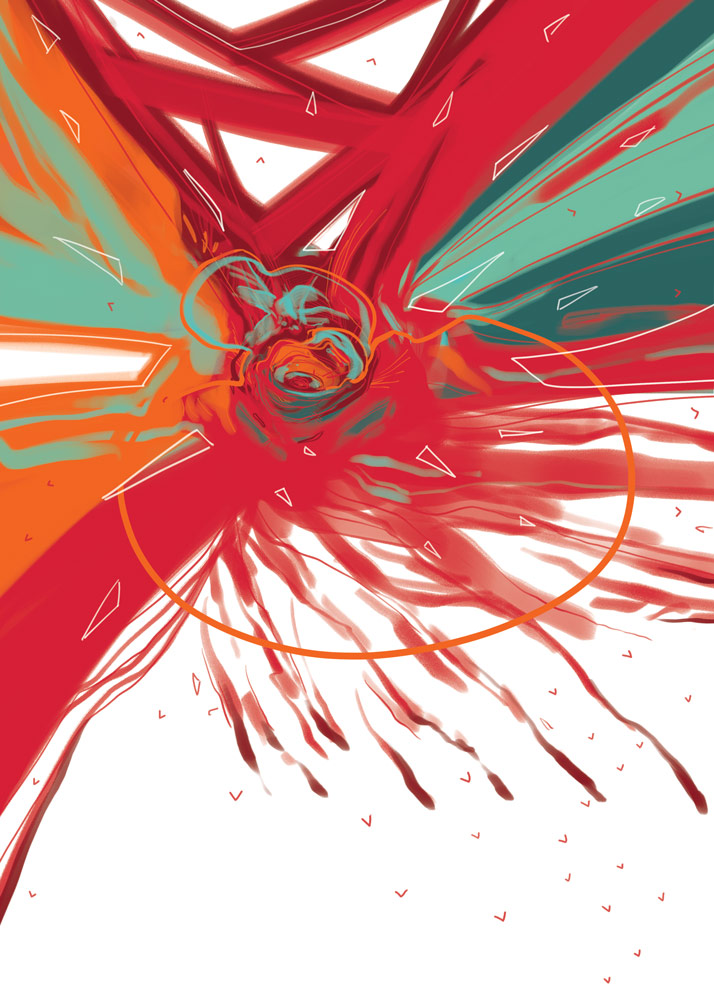William Herschel did not begin his career as a professional scientist. For the first several decades of his life astronomy was just a hobby. His career was in music. Born to an oboist in a German regimental band, Herschel was immersed in music as a child and learned to play a number of instruments, particularly the oboe. His musical career brought him to England, where he worked as an organist and conductor until 1782, when he was appointed to the post of astronomer royal to King George III.
As an astronomer, Herschel discovered the planet Uranus and supervised the construction of a large and advanced telescope which he then used to discover two moons of Saturn. Technological innovations were beginning to change the face of the age-old science of astronomy, and Herschel was at the forefront of it, making several major discoveries.
Herschel’s toying with telescopes led incidentally to another major discovery. While testing filters for the observation of sunspots, he found that different coloured filters allowed different amounts of heat to pass through them. This caused him to hypothesize that there is some connection between colour and temperature.
To test this, he used a prism to split sunlight into a spectrum. He then used a thermometer to take the temperature at different points in the spectrum, using two other thermometers outside the spectrum as controls. He found that the different colours had different temperatures: the violet end of the spectrum was the coolest and it got progressively warmer toward the red end.
But one of the control thermometers yielded a surprising discovery: immediately after the red end of the spectrum, it was even warmer. Herschel theorized that the spectrum continued beyond what was visible. There were more colours that he couldn’t see, but that he could observe by other means – for example, with thermometers.
He performed more experiments and found that this invisible colour behaved in a way similar to visible light. Thus, infrared light was discovered. The discovery sounds important because the word is now so familiar, but what was its actual significance?
Because it sits at the intersection of several different scientific fields, optics has been of interest to scientists, philosophers, and artists for centuries. Through extensive experimentation and theorizing that goes back to the beginning of science, we knew a little about the nature of colour and light. Herschel knew that you could break up white light with a prism, and he had theoretical explanations for why this was the case.
But his experiment showed that these explanations were not quite adequate, that there was something the existing theories did not account for: invisible light. This showed that light isn’t quite what we thought it is, which opened the door for the understanding of light as just one of many forms of electromagnetic radiation (other examples being radio waves and X-rays, which differ from visible light only in degree, not kind).
Studying radiation at a very low level leads us to particle physics, which leads us to basic questions about the nature of existence. So, in a sense, it is fair to say that Herschel dicking around with thermometers caused us to come to our current understanding of reality.




